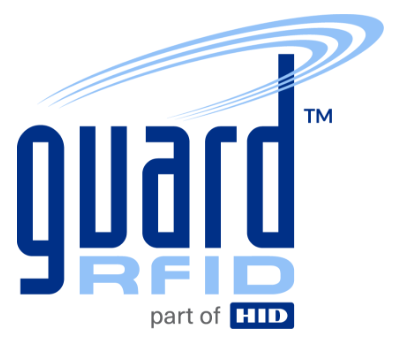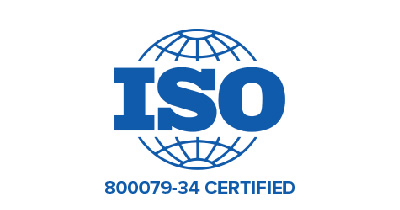With busy hospital emergency wards taking on the brunt of inpatient admissions, their focus is often on looking at ways to improve patient flow, satisfaction, safety and, ultimately, the hospital’s bottom line.
Whether this means maximizing the use of assets and personnel, or ensuring the safety of patients and staff, emergency wards are increasingly turning to the use of Real-Time Location Systems (RTLS). A Hospital RTLS System can be used to automatically identify and track the location of people or objects in real time within a contained area.
With the aim of keeping operations flowing smoothly and the patient population managed effectively, RTLS is being used in the following ways.
Improve patient flow and staff access
Typically, it can take months for an emergency ward to receive data and statistics on how long patients are waiting to be treated and where any pinch points or delays are in the treatment process. Emergency wards can now use RTLS to track the real-time movements of their inpatients (the entire visit to the ward, from the point of triage, right through to discharge or admission) to serve them faster and more efficiently.
By applying a tag to the patient, the hospital can monitor the patient’s location as he or she moves through the treatment process. This allows the hospital to gather data on the length of time the patient spends at different points in the patient journey, thereby improving the ward’s operations. RTLS can also be used to identify how long tagged medical staff have been in certain areas, making it easier to locate specialists in a hurry. This data can also help management improve overall processes and procedures.
Better patient and staff safety
RTLS can also be used to ensure the safety of patients and staff in a busy emergency ward. A missing senior was found dead in a Saskatoon hospital three days after being reported missing. Although his death wasn’t suspicious, he could have been found much earlier if he had been tagged and monitored by RTLS.
With RTLS, tagged patients are accurately located to prevent them from wandering around the ward or accessing controlled areas. For emergency ward staff, RTLS can include a staff safety function. This can provide assurance to staff that they can communicate and call for help at a time of crisis by pressing a push button on a wearable tag, thereby eliminating critical delays when that help is needed.
Faster room turnover
In a busy emergency ward where wait times can impact on patient satisfaction and the quality of care, the most basic requirements, such as cleaning and prepping a room, can be sped up using RTLS to help fill empty beds faster and improve productivity, patient satisfaction and the quality of care provided.
By notifying staff via patient or bed tags that someone has moved out of a room, RTLS can be leveraged to determine the availability of beds and whether rooms need to be cleaned or are occupied, plus any issues can be remedied as they occur, rather than after the event. Staff can be assigned to bed turnovers once informed when a bed becomes vacant. And when the bed is ready, they can then press a button to inform the system.
Keep track of critical assets, free up staff time
Being unable to track down medical equipment in an emergency scenario can be hugely detrimental to patient health. Athird of nurses spend over an hour per shift searching for equipment, while some hospitals purchase 10-20% more assets than necessary to ensure staff have what they need when they need it. When lost equipment is retrieved, it may not be service-ready because of damage or contamination.
When it comes to asset tracking, Hospital RTLS Technology can involve assigning a tag to each piece of equipment – its location is then seen in real-time, while software can activate and alarm when the tagged items move from secured areas. Efficiencies can be made by knowing precisely where equipment is, saving staff valuable time when searching for the tools they need at the point when required most. Doing so can also reduce stress and free up staff to get on with providing the highest level of patient care.
When it comes to the emergency ward in your hospital, a comprehensive and flexible RTLS solution can deliver tracking and security for almost every healthcare asset and patient need. This can significantly improve patient wait times, patient safety and efficiency in the emergency ward, helping you provide better care and lower operational costs.
Four solutions in one
With GuardRFID’s All Guard system, hospitals can track and protect patients, staff, and assets with a single solution. Thanks to the interplay between the infrastructure, software, and tags, different combination of security and levels of deployment are easy to set up. By simply adding tags to assets or people, you get facility-wide integration.


